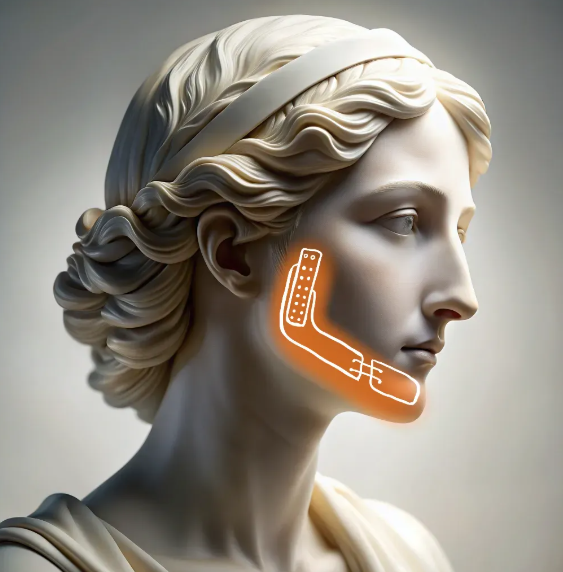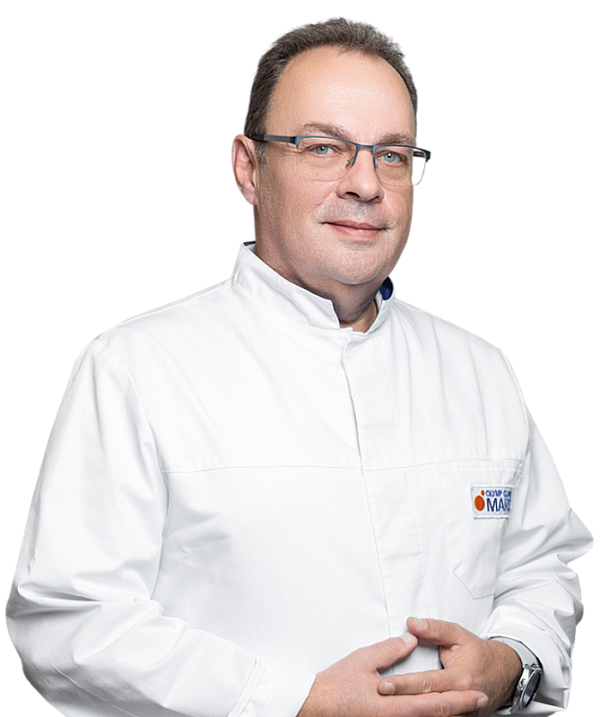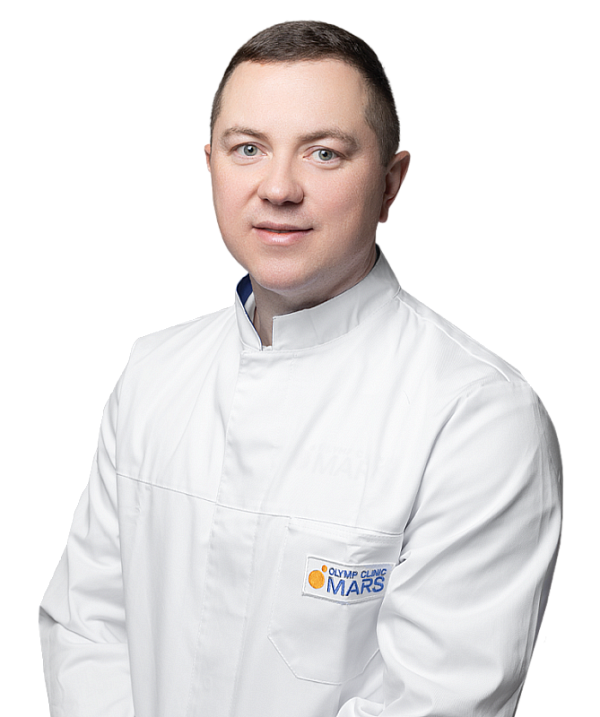Maxillary sinus surgery
Surgical treatment of chronic or complicated maxillary sinusitis with restoration of maxillary sinus drainage.

The maxillary sinuses are the largest of the nasal sinuses. During periods of inflammation, the nasal cavities fill with mucus, pus, or other pathological formations, which can hinder nasal breathing. Surgical intervention is recommended when drug treatment proves ineffective, particularly in cases of chronic, recurrent, or odontogenic maxillary sinusitis.
This procedure is designed to remove purulent or cystic contents, polyps, foreign bodies, residual filling material, or tumor formations from the sinus, aiming to restore normal ventilation. Endoscopic access minimizes trauma and accelerates recovery.
Preoperative evaluation includes a thorough physical examination, CT scan of the sinuses, complete blood count, biochemical blood tests, coagulogram, and otorhinolaryngologist consultation.
The surgeon carefully opens access to the maxillary sinus through the nasal passage and inserts an endoscope with a camera. Mucus, pus, polyps, cysts, residual filling material, foreign bodies, and other formations are removed. Oroantral fistula is repaired if present. All actions are visually monitored in real time on the screen. After the cavity is sanitized, surgery is completed without external sutures.
We use an advanced endoscopic system with high-resolution optics to perform the surgery. This equipment helps perform the intervention as accurately and safely as possible.
The patient can go home the same day after the surgery. It is then necessary to take a prescribed course of antibiotics, use medications for nasal lavage, and avoid overexertion. Your healthcare provider will also make recommendations regarding your diet, lifestyle, and nasal care. It takes between seven and ten days for breathing to be fully restored.
Benefits
Minimal traumatization
The procedure is performed through the nose without external incisions and sutures.
Chronic process improvement
All sources of infection and pathological formations are removed.
Quick recovery
Patients return to regular activities within a few days after the surgery.
No cosmetic defects
No scars or other external traces of intervention are left.
Врачи
Смотреть всех врачейMaxillofacial surgeon. Candidate of Medical Sciences.
Similar referral activities
Post-traumatic facial deformities treatment
Surgical restoration of facial bones and soft tissues after trauma to restore function and appearance.
Maxillofacial purulent inflammations diagnostics and dissection
Surgical treatment of abscesses, phlegmons, and other acute inflammations with drainage and sanitation.
Naso-orbital reduction and osteosynthesis
Facial skeleton restoration surgery involving nose and eye socket fractures.
Cheekbone reduction and osteosynthesis
Surgical restoration of the zygomatic bone using titanium plates to fix the fragments.
Lower jaw osteosynthesis
A surgical procedure designed to repair broken bones in cases of mandibular fractures.

